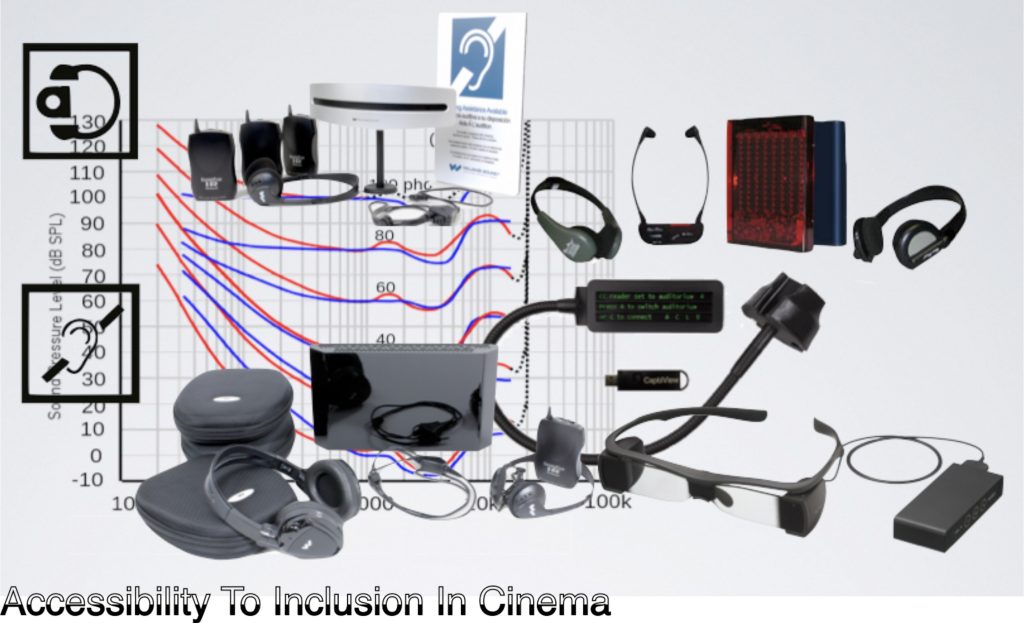- Home
- Courses
- Cinema Exhibition Training
- Training for Non-Technical Cinema Employees
Curriculum
- 7 Sections
- 47 Lessons
- Lifetime
- Artistic Intent – Why We Are HereThe Producers and Directors all believe that if they make their vision come to life – make their story into a movie – it will be shown in a way that allows the audience see and hear what they created with the same splendor they realized. Were they wrong?2
- Quality Management BasicsIf something is managed properly, then there is control over the quality of the items being delivered, and assurance that the end user will be satisfied. Quality Management | Quality Control | Quality Assurance12
- 2.1Ideas Behind The Checklist
- 2.2Security and You
- 2.3Training and You – and the ISO 9001 Management System – Part 1
- 2.4Routines to Self-Certify – Checklists and Employee Training – Part I
- 2.5Routines to Self-Certify – Checklists and Employee Training – Part II
- 2.6How to: Manager’s Walk Through
- 2.7How to: Manager’s Walk Through – Part 2
- 2.8Units of Measurement25 Minutes
- 2.9Where to Judge The Auditorium
- 2.10Forensics, Encryption, KDM, CMS, FLM and 3 Letter Acronyms
- 2.11Alternative Content = Non-Cinema Tech
- 2.12Units of Measurement – Part 2
- Cinema Basics – AudioSome say that a movies sound is 50% of the movie. So, it better be good, eh?7
- Cinema Basics – PictureSound has nuance. Picture has a thousand words for nuance. Let's learn some.7
- Making MeasurementsYour picture and sound equipment get calibrated according to a schedule that management thinks is appropriate for your facility – sometimes in 6 month or 12 month or 18 month intervals. But we all know that things happen in between. With the right tools, you can become the judge.4
- Accessibility EquipmentSome of our customers use the large speaker systems to know what the actors are saying, some read the words with special "closed caption" equipment...some listen to special tracks on headphones. The equipment is called Accessibility Equipment. We have to understand it and test it to make certain our customer gets the best experience possible.14
- 6.1The Other-Abled, and You
- 6.2Accessibility To Inclusion In Cinema – Prelude
- 6.3Promise, Promises and Great Expectations
- 6.4The Access Community
- 6.5Accommodation, In General
- 6.6Accommodation, Open Captions
- 6.7Accommodation, Closed Captions
- 6.8No Technology Before Its Time
- 6.9Industry Coordination
- 6.10Different Paths; …and Finally, Results
- 6.11DCP Production – Narration and Closed Caption Creation
- 6.12Currently Available – “Personal” Closed Caption Solutions
- 6.13Specialized Audio Systems for the Blind and Partially Sighted
- 6.14Signing In Cinema
- EmergenciesLife happens in real time. Sometimes we read about it. More rarely, we are there. And after, we wish that we could have practiced a little bit before being thrown into it.1
Accessibility To Inclusion In Cinema – Prelude
The Current State of Technology’s Answer Toward the Inclusion of
Audience Members with Sensory Impairments in the Cinema Auditorium
The role of cinema exhibition is complex. It is complex not only because of the technology involved, though the new digital technology is indeed complex. It is complex not only because of the security involved to keep very sophisticated copyrights protected, though cinema exhibition security is fundamental and an extremely complex part of the technology.
 Cinema exhibition is also complex because it takes place in notable physical spaces and holds a notable mystical place in cultures worldwide. It brings people together to share well-crafted experiences, imaginative pieces that provoke and keep conversations flourishing, conversations that often integrate into the world’s narrative for decades.
Cinema exhibition is also complex because it takes place in notable physical spaces and holds a notable mystical place in cultures worldwide. It brings people together to share well-crafted experiences, imaginative pieces that provoke and keep conversations flourishing, conversations that often integrate into the world’s narrative for decades.
There is a presumption that these experiences are available for everyone; that the viewing and the discussions — some of the foundations of our cultural intelligence and growth — are accessible for all who want them. In reality, large segments of society find the explosions too loud for the dialog, and in varying degrees cannot discern the audio or visual presentations. They therefore cannot take advantage of much of society’s available art and entertainment.
There have long been methods to mitigate these problems, and though many societies have laws that encourage or compel commercial and non-commercial facilities to offer mitigation, there have been more obstacles – technical, fiscal and normative – than swift and easy Accessibility compliance.
In the conventional wisdom of the time – pre-2000 through 2009 – the transition to digital cinema should have given options that would make acceptance and compliance far easier than analog choices. In reality, everything in digital cinema’s transition has taken longer than expected, including accessibility equipment for the deaf, hard of hearing and the blind and partially sighted communities.
Just as the needs of the blind community are different than those of the deaf community – what good do written captions on the screen do for a blind person? – each part of the movie exhibition chain had separate needs and considerations toward finding and creating solutions to handle the problems of access. This lesson – originally a white paper – will discuss the current state of that workflow and equipment as well as some of the history and politics of this issue, an issue that is critical for a growing number of people.